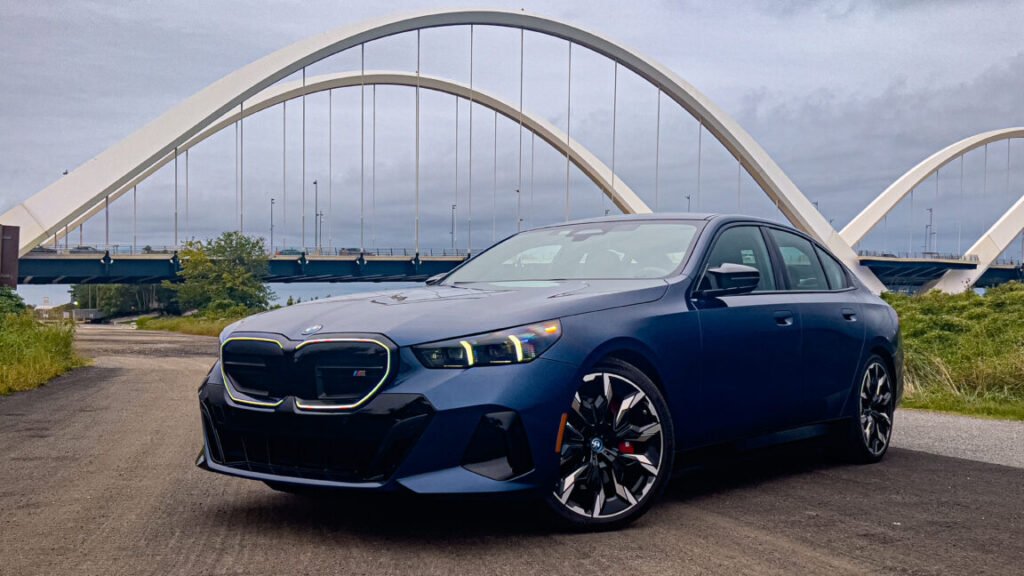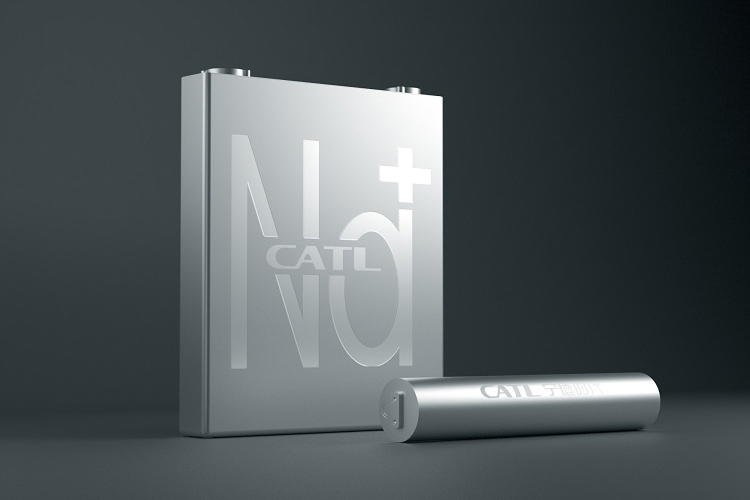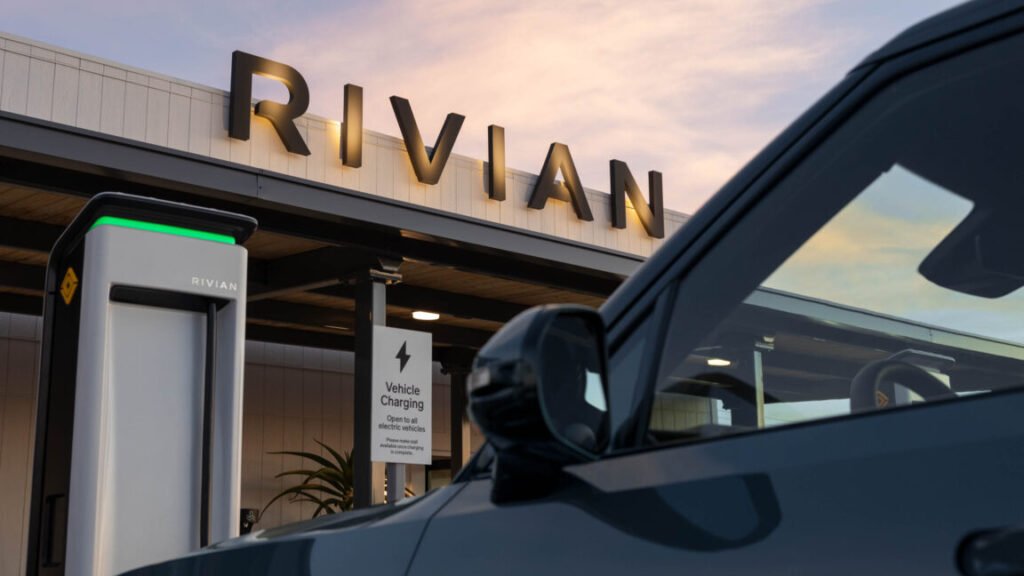Overall downforce is being reduced by 30 percent, but there’s an even greater reduction in drag—55 percent is the target, which is being done in part to accommodate the new hybrid powertrain.
More hybrid power
The V6 internal combustion engine is becoming less powerful, dropping to an output of 536 hp (400 kW), but the electric motor that also drives the rear wheels will now generate 470 hp (350 kW). That leaves the combined power output roughly where it is today, but only when the battery has enough charge. However, cars will be allowed to harvest twice as much energy (8.5 MJ) per lap under braking as now.
And as Ars has covered in the past, the engines will run on drop-in sustainable fuels. The new engine regulations have succeeded in tempting Honda back into the sport, as well as bringing in Ford and Audi, and possibly Cadillac in time.
Since the cars will be less powerful when they’re just running on internal combustion, more than halving the amount of drag they experience means they shouldn’t be too slow along the straights.
When F1 first introduced its original hybrid, called KERS (for kinetic energy recovery system), the electric motor boost was something the driver could use on demand. But that changed when the current powertrain rules came into effect in 2014, and it became up to the car to decide when to deploy energy from the battery to supplement the V6 motor.
In 2026, that changes again. The hybrid system is programmed to use less of the electric motor’s power as speeds pass 180 mph (270 km/h), down to zero at 220 mph (355 km/h), relying just on the V6 by then. But if a car is following within a second, the chasing driver can override that cutoff, allowing the full 470 hp from the electric motor at speeds of up to 209 mph (337 km/h), with up to half a MJ of extra energy.




